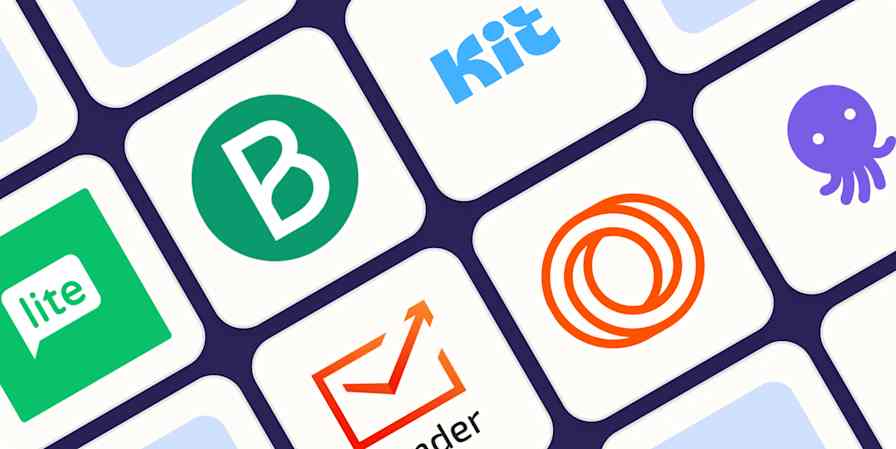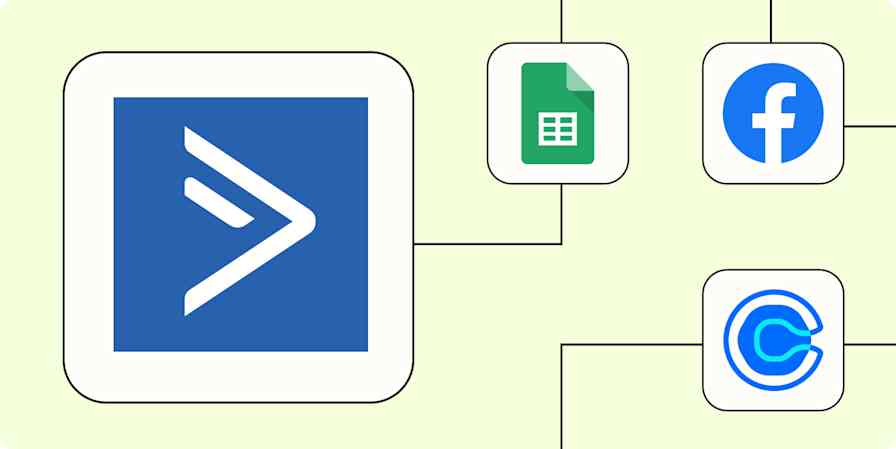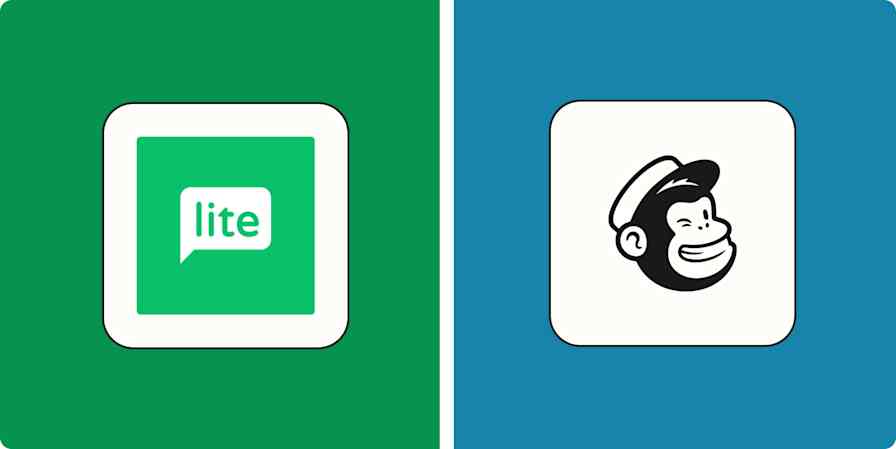Business tips
16 min readExperts Weigh In: 21 Email Marketing Mistakes to Avoid
By Danny Schreiber · February 16, 2015
Get productivity tips delivered straight to your inbox
We’ll email you 1-3 times per week—and never share your information.
Related articles
Improve your productivity automatically. Use Zapier to get your apps working together.








